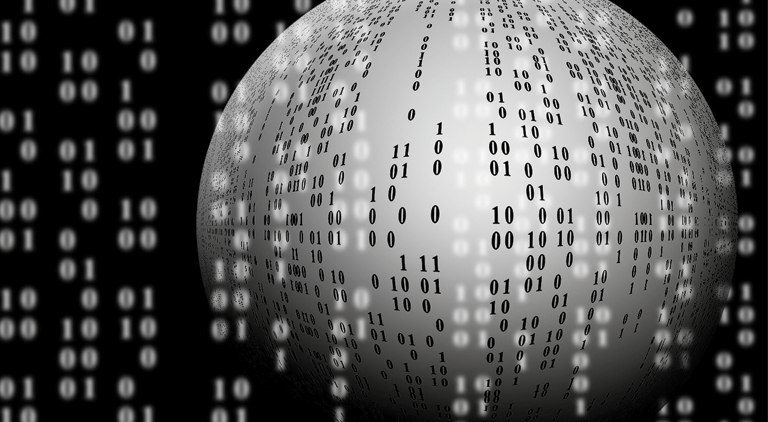Flexibility to integrate renewable energy
By EPR Magazine Editorial January 10, 2020 2:04 pm IST
By EPR Magazine Editorial January 10, 2020 2:04 pm IST

Developing the position of district heating as a key technology to support decarbonisation and a sustainable energy future.
Ambitious EU strategy and legislation is paving the way for more district heating and an increased share of renewable energy. The two are closely linked, because district heating provides the necessary flexibility to integrate, utilise and store fluctuating energy from renewable ultimately increasing the efficiency of the entire energy system and decarbonising today’s fossil-fuelled buildings. However, this remains a complex task that necessitates digitalisation of the sector.
The digital utility
with the approval of the revised EED directive, the requirement to install only remotely read smart meters for heat consumption as of October 2020 is now a reality. While its original driver is to empower consumers by making monthly consumption data available to them, there are also clear benefits to be reaped by utilities ready to embrace the digital transformation that smart metering prompts. Once the meters are installed, the additional expense for a utility to collect daily or even hourly data is minimal compared to the added value from adopting a more holistic digitalisation approach to its entire value chain. Three overall areas stand out: daily operations, asset management and end-user involvement.
Improving daily operations
Smart metering provides the basis for utilities to make fact-based decisions related to the daily operations surrounding their core tasks of producing and distributing district heating. These include optimising the production and forward temperature to run closer to the limit, detecting heat and water loss in the distribution network as well as identifying improvement opportunities for building performance and consumer behaviour decreasing the overall system efficiency. This is all also crucial to achieving the right conditions and low temperatures to integrate more renewable.
Optimising asset management
Frequent meter data – as opposed to theoretic models – enable utilities to monitor the performance of the underground pipes that make up the distribution network. This allows better utilisation and renovation planning of existing assets so utilities can potentially avoid or defer some of the heavy investments in this area. Also, being able to compare the actual network load and capacity to its design criteria will reveal how well they match. In this way, utilities can both extend the current infrastructure’s lifetime and optimise dimensioning and planning of new networks to avoid expensive over sizing.
Digitalisation delivers measurable results
remotely read meters, frequent data and targeted analytics have enabled Heating to lower the network temperature by 6-8 degrees. So far, the utility has reduced its annual heat production by 2.5 percent and pipeline losses by 12 percent.
The obligation for EU countries to implement remotely read heat meters is a prerequisite for providing consumers with the necessary insight to encourage more energy efficient behaviour. But it is also a critical element in developing the position of district heating as a key technology to support decarbonisation and a sustainable energy future.
Focus on the end user
Optimising the consumer side is a time-consuming process but Marc Roar Hintze estimates that this holds a savings potential equal to what the utility has already realised. Frequent data makes it possible to not only identify end users with poor energy behaviour but also uncover what caused it. ”We have always known there were end users out there with poor cooling but now we are able to see why that is the case.”
We use cookies to personalize your experience. By continuing to visit this website you agree to our Terms & Conditions, Privacy Policy and Cookie Policy.